IVF TREATMENT
Learn about our IVF services and processes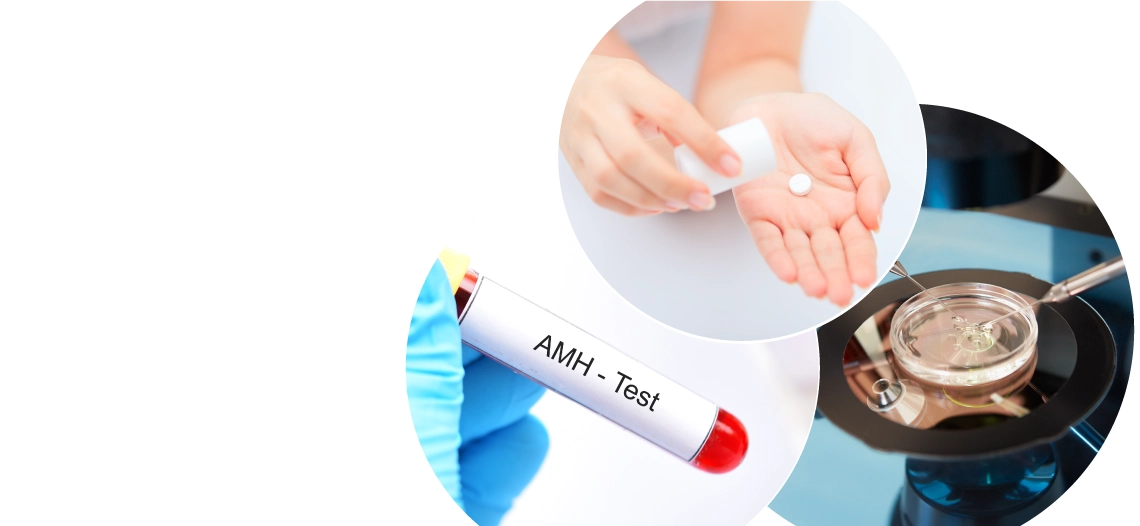
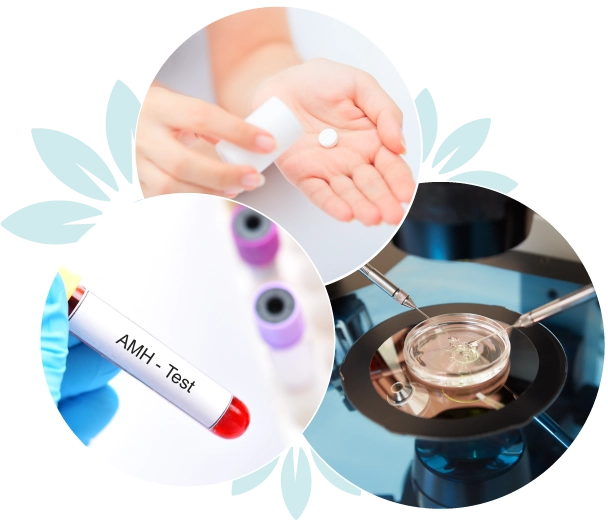
Providing Exceptional IVF Care in our LA fertility clinics
For over 20 years, Tree of Life Center has been providing IVF (In Vitro Fertilization) services to Los Angeles and Southern California! Thousands of LA parents have achieved their reproductive goals with the cutting-edge IVF technology provided by our fertility clinic. We also serve many international patients who come to Los Angeles for our fertility expertise. Over the years, we have proudly helped families grow and achieve their dreams of parenthood.We strive to make IVF treatment simple and affordable for everyone, guiding you step by step through the process to help you achieve your fertility goals. With three locations across the Los Angeles metro region, we offer unique IVF treatments designed to meet your individual needs.Our embryology laboratory director, Dr. Man Li , and medical director Dr. Vuk Jovanovic , ensure that you receive excellent fertility care during your IVF.WHAT IS IVF?
The term IVF originates from the Latin 'in vitro', meaning 'in the glass,' and refers to the process of fertilization performed outside the human body, traditionally in a test tube or similar environment. In vitro fertilization (IVF) involves fertilizing the egg with sperm in a glass dish. In nature, this process would typically occur in the Fallopian tube.IVF is a powerful fertility treatment option that can help overcome severe infertility. Some couples face fertility challenges and rely on reproductive technology to overcome obstacles, such as blocked fallopian tubes or oligoasthenoteratozoospermia (OAT syndrome, which involves low sperm count, poor motility, and abnormal morphology). IVF costs are significantly higher when using state-of-the-art reproductive technology, especially compared to simpler fertility treatments. As a result, we are selective about who we recommend this treatment to. When possible, we explore affordable alternatives with our patients, such as intrauterine insemination (IUI) or Invocell . We also offer innovative treatments like Femaseed, a more affordable alternative to conventional IVF, which may be an ideal option for couples with male-factor or unexplained infertility. Read more about Femaseed in our dedicated blog post. During your initial fertility evaluation, we’ll create a personalized treatment plan tailored to meet your needs. Many patients are unaware of how IVF can support their journey to parenthood.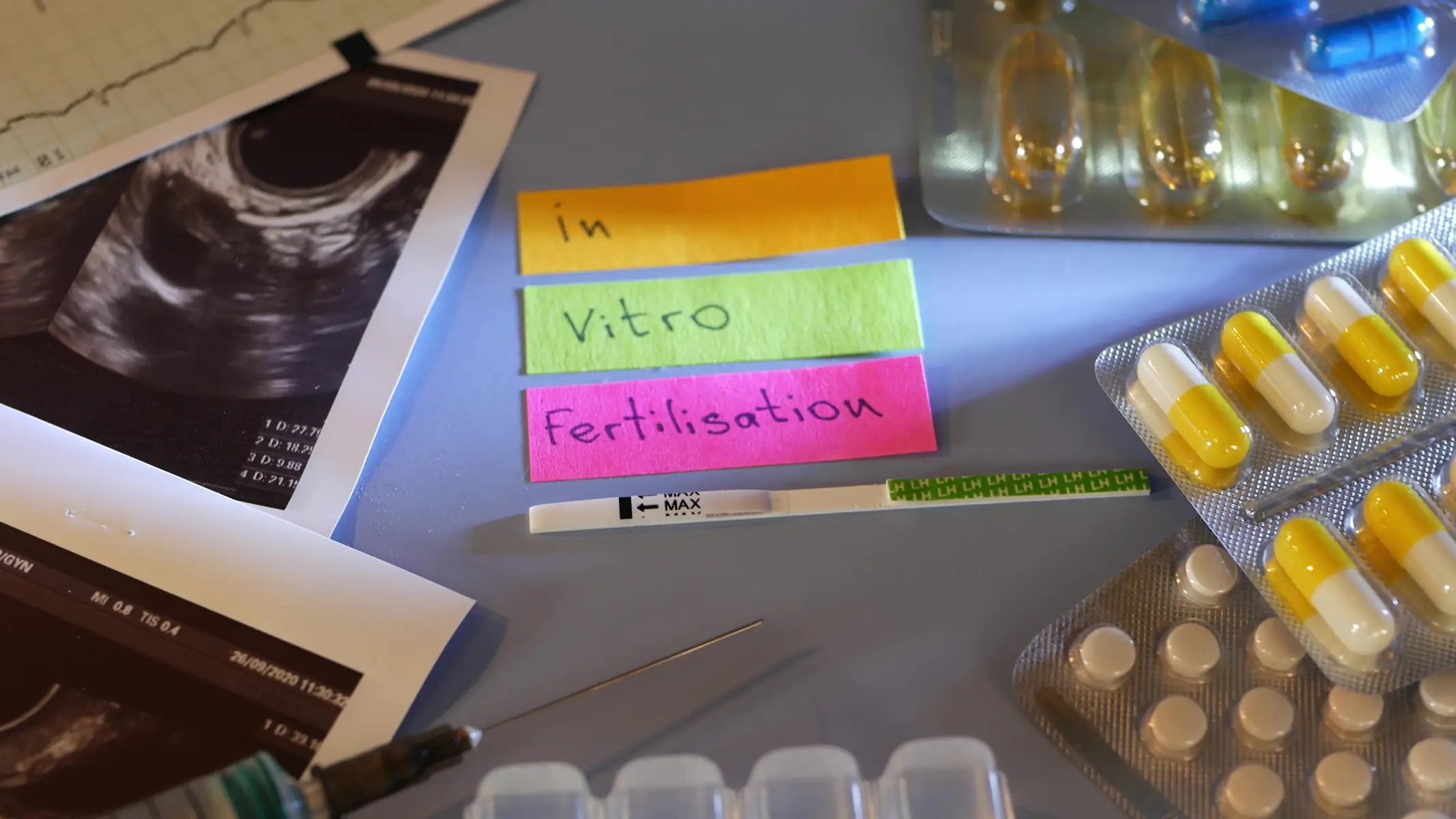
WHO ARE THE BEST CANDIDATES FOR IVF?
IVF is a highly effective solution for individuals and couples facing diverse fertility challenges. It is especially beneficial for those with structural, hormonal, or unexplained issues, as well as for individuals pursuing parenthood through advanced reproductive techniques. Below are some common scenarios where IVF may be the ideal option:Tubal and Ovulation Factors- • Blocked or damaged Fallopian tubes: IVF bypasses the Fallopian tubes entirely, offering an alternative for conception.
- • Ovulation disorders: Conditions like PCOS or irregular cycles can be managed through customized IVF protocols.
- • Male factor infertility: Issues such as low sperm count, poor motility, or abnormal sperm morphology can be addressed through techniques like ICSI .
- • Unexplained infertility: When no clear cause is identified, IVF can provide new opportunities for success.
- • Age-related infertility: Women over 35 or with diminished ovarian reserve may benefit from the controlled process of IVF to optimize their chances.
- • Genetic considerations: IVF allows preimplantation genetic testing (PGT) to identify healthy embryos, especially for couples with a history of genetic conditions or miscarriages.
- • Family building for same-sex couples and single parents: IVF combined with sperm or egg donation and/or surrogacy provides a path to parenthood tailored to your needs.
LET’S WALK THROUGH THE TYPICAL IVF PROCESS STEP-BY-STEP
- • Ovarian stimulation with fertility medication (used in standard IVF, not in natural cycle IVF where no medication is given)
- • Egg (oocyte) retrieval (a procedure where eggs are collected from the ovaries using a small needle)
- • Insemination of the egg using natural fertilization or ICSI procedure
- • Laboratory culture and development of the embryo into a blastocyst for up to 7 days
- • Embryo transfer into the uterus (fresh transfer) or frozen transfer (depending on the patient's treatment plan and embryo status)
- • Cryopreservation and Preimplantation Genetic Testing (PGD or PGS) - optional but improves success rates
- • Support for implantation and pregnancy testing
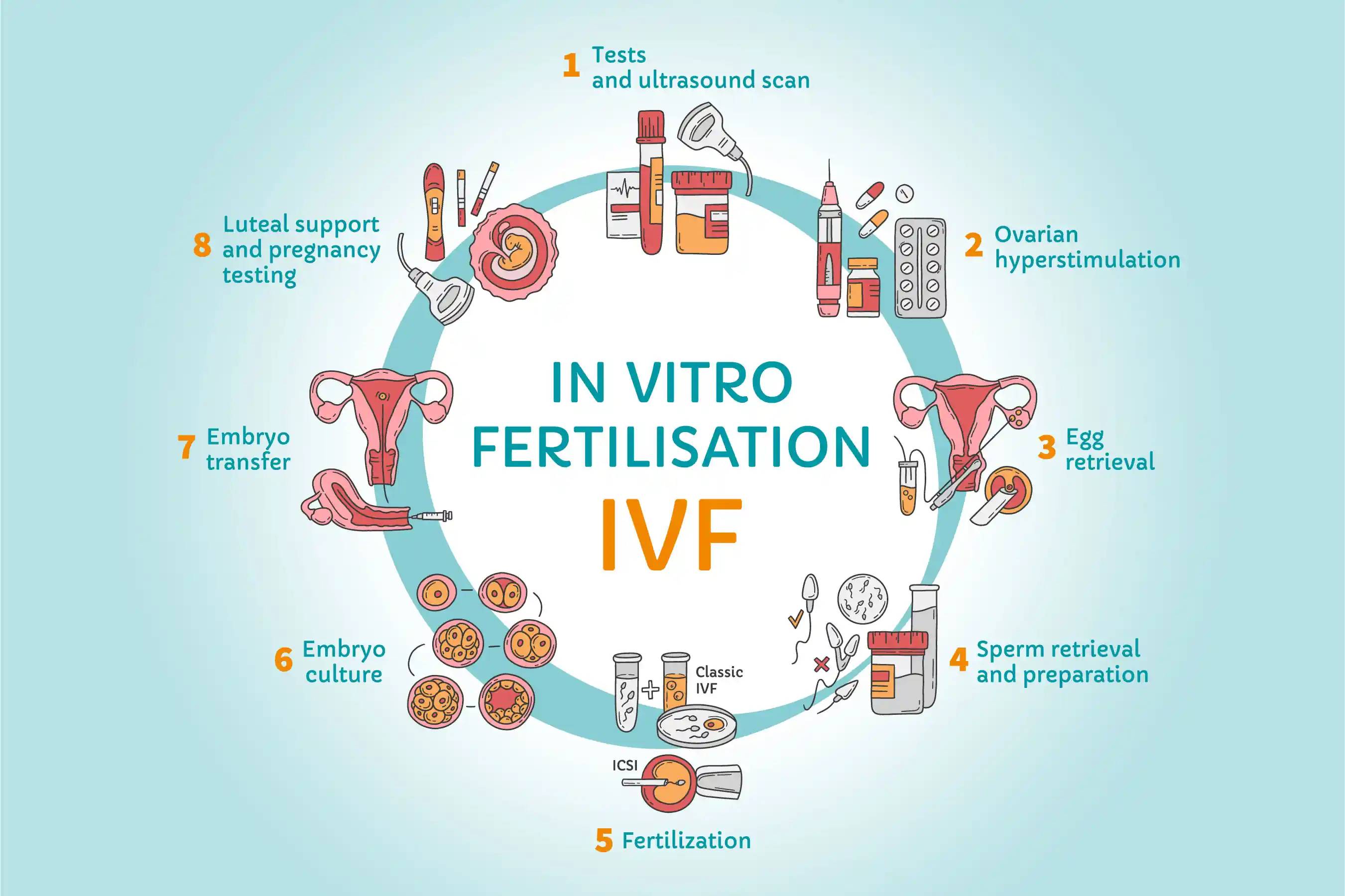
OVARIAN STIMULATION
A common misconception is that ovarian stimulation is mandatory for IVF. Every woman with a regular menstrual cycle will spontaneously mature one egg each month - without expensive medication! The primary purpose of administering injectable fertility medication is to increase the number of mature eggs and prevent premature ovulation.Our reproductive endocrinologists can retrieve an egg during a natural cycle in more than 90% of cases. This high success rate results from the meticulous egg retrieval technique we've perfected in our in-house laboratory. Our technique benefits fertility patients who have fewer eggs during the natural cycle and prefer Mini IVF , a less intensive approach to ovarian stimulation. Without fertility medication, retrieving ten eggs would require ten natural cycles, making ovarian stimulation with medication a more efficient option. This is why using follicle-stimulating hormones to mature multiple eggs in a single IVF cycle is more efficient.In some patients, we can retrieve over 30 eggs in a single IVF cycle. Collecting more eggs per cycle improves the chances of success and reduces the need for additional cycles. Thanks to advancements in reproductive medicine, new IVF drug combinations have significantly minimized the risk of ovarian hyperstimulation syndrome (OHSS), enhancing patient safety and reducing treatment complications.Ovarian stimulation is a complex process that involves various protocols and blood tests, tailored to each patient’s needs. Our well-respected Los Angeles Fertility specialists will provide you with the best IVF protocol suited to your fertility problem.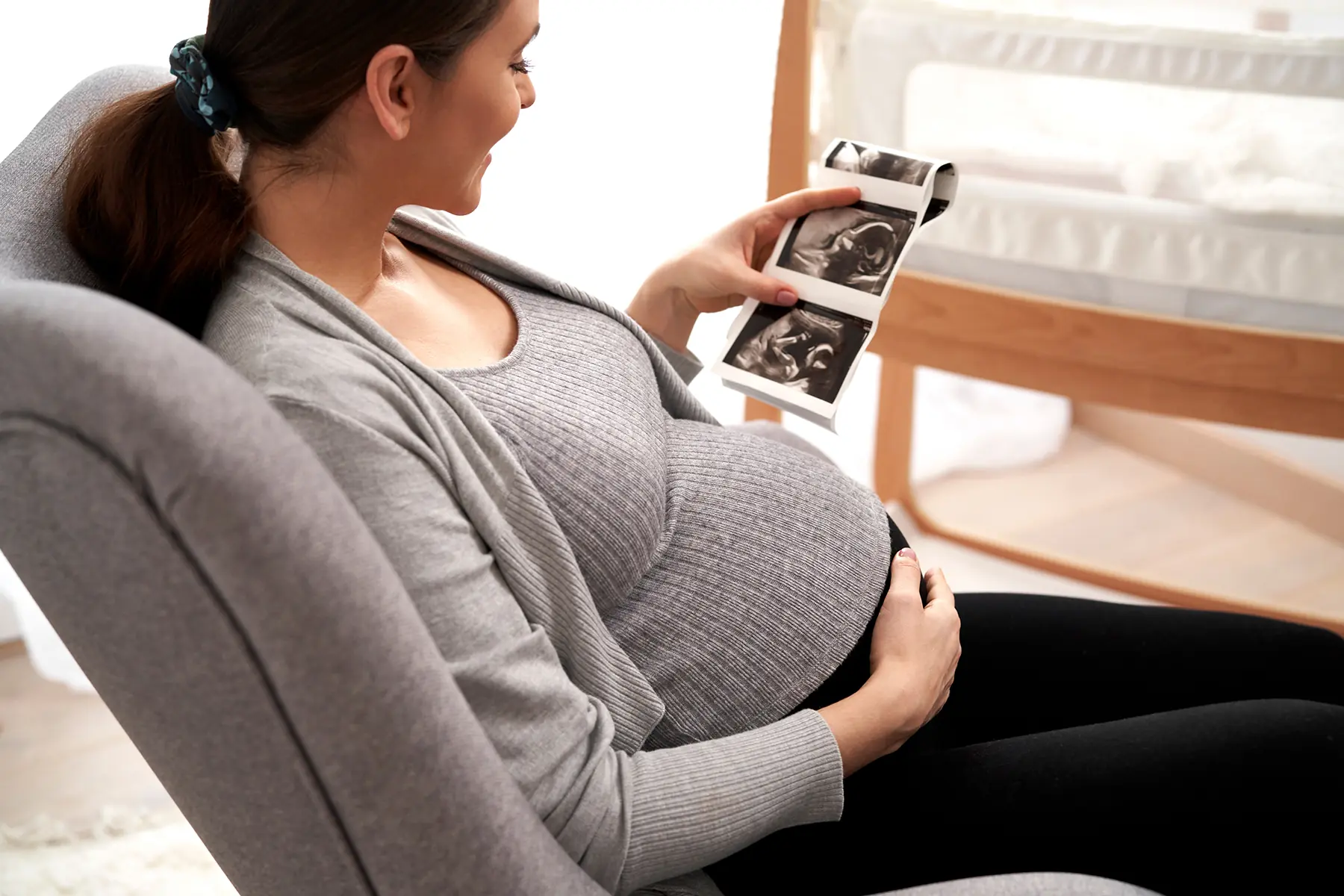
EGG (OOCYTE) RETRIEVAL
This surgical procedure is typically performed while the patient is asleep but can also be done under local anesthesia. Most of our patients who undergo natural IVF cycles and mini-IVF do not require anesthesia.Egg retrieval is also known as oocyte aspiration, ovum pickup, or simply retrieval. A long ultrasound-guided needle is inserted through the vagina into the follicle. Rarely, egg retrieval is performed through the abdomen or during a laparoscopy. Typically, only a thin needle is inserted into the body. The surgical risk is minimal, and modern ultrasound equipment allows for visualization of the pelvic anatomy, including major blood vessels.Dr. Jovanovic has performed over ten thousand egg retrieval procedures to date. Once the eggs are taken to the laboratory, the high-tech in vitro fertilization process begins!Our IVF lab features specialized air filters in a cleanroom environment free from VOCs (volatile organic compounds). The incubators are filled with special gas mixtures that mimic the conditions inside the uterus, without any factors that could affect fertility. The in vitro fertilization process starts and continues over several days in a special IVF incubator.The laboratory is considered the heart of an IVF clinic. For cases where only egg freezing is desired, the eggs are immediately frozen using vitrification media. Since the entire procedure is completed in a single day, egg freezing costs are generally lower. This option allows women to preserve their fertility for the future.This is particularly beneficial for those planning to delay childbearing, such as women focusing on their careers or undergoing medical treatments.FERTILIZATION
The first step is the sperm's fusion with the egg, also known as fertilization. This process requires viable sperm (sperm with normal motility and morphology) to accomplish the task spontaneously, ensuring the highest chance of success. Once the sperm successfully enters the egg, the male chromosomes are delivered into the egg. This allows the genetic material from both the biological father and mother to fuse together.Some sperm are unable to naturally fertilize the egg and require assistance through specialized techniques to achieve successful fertilization. This is done through a procedure called intracytoplasmic sperm injection (ICSI), where a single sperm is carefully injected directly into the egg. Intracytoplasmic sperm injection is used to treat severe male factor infertility and help individuals with low sperm count. Prior to the introduction of the sperm injection technique, IVF clinics would offer donated sperm to treat severe cases of male infertility, often using sperm culture methods (where sperm are grown in the lab to ensure viability before fertilization).Once the embryo is formed, it can be cultured for up to 7 days in the laboratory, allowing us to observe its development. The IVF laboratory is at the core of the fertility clinic. Experienced embryologists perform and monitor every step of the IVF process, grading the embryo's development from the cleavage stage to a fully expanded blastocyst. Typically, we wait 5 to 7 days before the transfer.In addition to optical scoring, we also perform embryo biopsy and send the material for genetic testing. This is an optional procedure called preimplantation genetic testing (PGT) or preimplantation genetic screening (PGS), which can also be used for gender selection. For more details, visit our Gender Selection FAQ page. It can be used to identify chromosomally or genetically abnormal embryos. A specialized reproductive genetics laboratory will provide us with embryos' chromosomal status.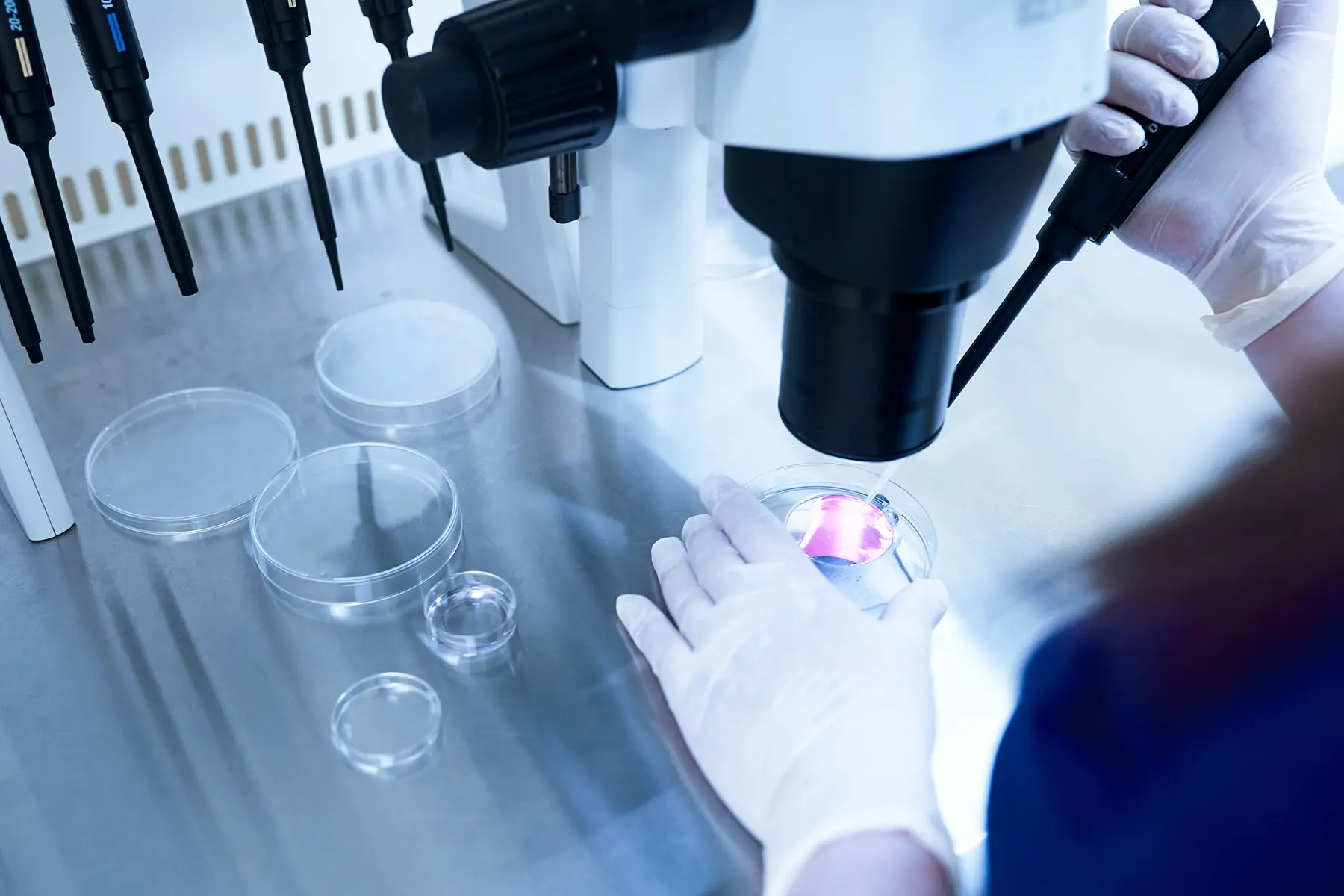
TRANSFER
The embryo transfer process involves placing it into the uterus using a transfer catheter. In this way, we guide it to the optimal spot where it can implant and develop into a pregnancy. This is a highly specialized procedure and working with an experienced fertility specialist can increase success rates for embryo implantation. You do not need anesthesia, and ideally, you should not feel the transfer. The less traumatic the insertion, the higher the chances of a positive pregnancy test. The embryo transfer can be performed in the same IVF cycle as the egg retrieval and is referred to as a fresh embryo transfer. If the embryos were previously frozen, it is referred to as a frozen embryo transfer. The most important decision is the number of embryos to transfer, and this will be a key discussion point with our reproductive specialists. After leaving our fertility center, you will be instructed to limit your activity for 36-72 hours.SUPPORT OF IMPLANTATION
Maintaining a receptive endometrium and a balanced hormonal environment ensures that your embryo can implant and develop into a viable pregnancy. We can perform a pregnancy test and detect the pregnancy hormone (beta-hCG) seven to eight days after the embryo transfer. Hormonal support will continue until we are certain that your body is producing enough hormone on its own, at which point your IVF cycle will be complete. After that, once you graduate from our fertility clinic, the pregnancy will proceed just like in any other patient without reproductive issues.


